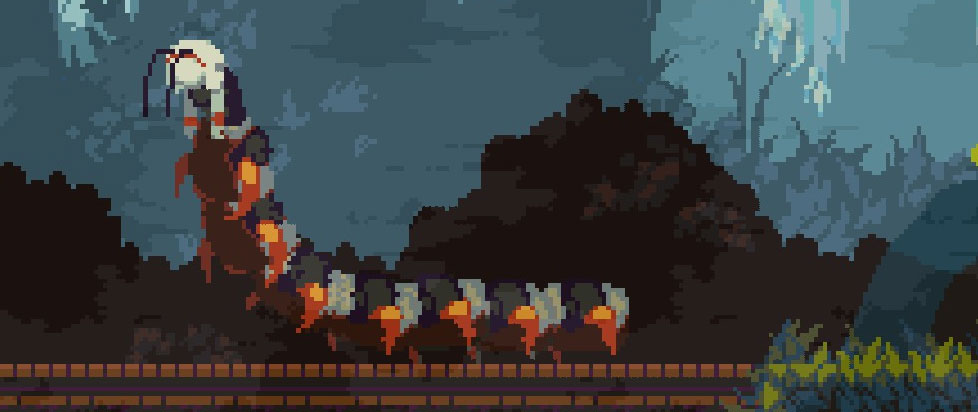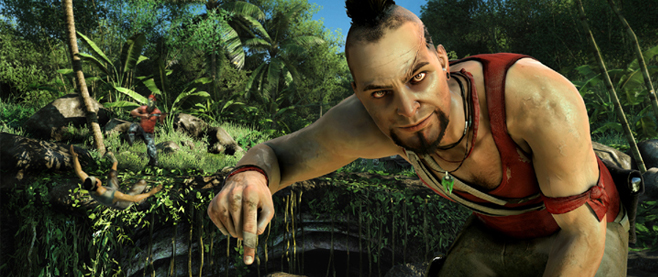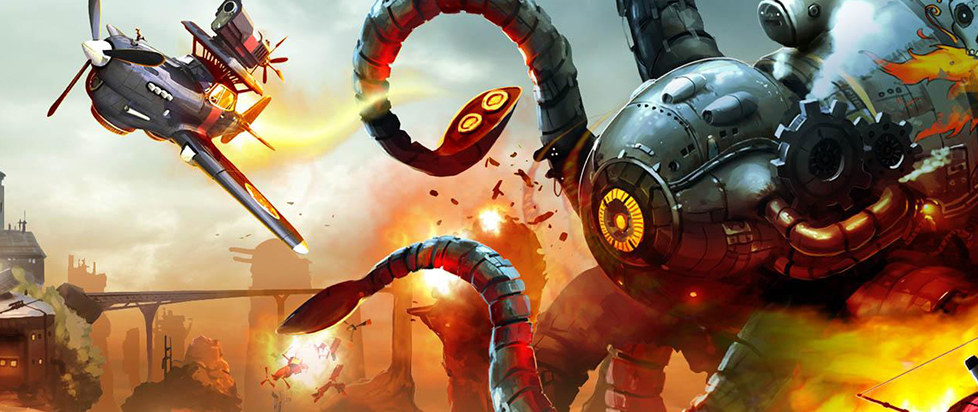
Searching for Souls in Reverie
Dark Souls is now a touchstone comparison to make to any game with difficulty, but also as a descriptor of a certain kind of game. It’s one that essentially has you progressing in increments, trying to push your way from one bonfire to another. The Souls games are about hard-earned progress amid a certain lulled, arcane atmosphere. And yet when faced with a game that features superficial similarities to Dark Souls, I find myself searching for more of them. And it’s true that many games are purposefully made in the mold of Dark Souls, like Team Ninja’s Ni-Oh. But how far am I willing to take these comparisons? Do I do games a disservice by boiling down a games essence to a specific kind of Dark Souls?
This is the state of mind I found myself in when I started Momodora: Reverie Under the Moonlight. I went into Momodora expecting to draw a different comparison, that of a 2D metroidvania platformer. But I soon found a plant that would heal you and refill when you got to certain points – an obvious Estus Flask parallel. And then there was the boss layout, where the enemy’s health bar also featured its name above it, often with a flowery title appended at the end. And the structure of the game didn’t actually hew to the metroidvania formula all that much, as it felt like a hub that led to multiple self-contained levels with some dead ends to explore – again, very Dark Souls.
I’ve been here before. Previously, it was with Hollow Knight, another gorgeous 2D platformer that borrowed liberally from both Dark Souls and Metroid in equal measure. That last bit is where the differences between it and Momodora are most apparent, with Hollow Knight taking inspiration for its sprawling world from the original Metroid. And the combat in Hollow Knight feels so much faster and more fluid than Dark Souls ever was. But it also has refillable health recovery mechanics, and you’re still hoping to get from one save point to another. The Dark Souls feeling of eeking out progression is still there.
But at what point do we acknowledge that the things that makes us compare games to Dark Souls are so universal so as to rewrite the history of video games? You can trace the lineage of Dark Souls itself to countless difficult NES games, most notable the original Castlevania. Divided into distinct stages, Castlevania also featured gameplay where you’re going from one checkpoint to another. And though Castlevania is the most similar retro game to Dark Souls, this grinding for progression is a feature of most games, especially ones that are particularly difficult. Games have done this before.
So what makes Dark Souls special? There’s something about the feel of its progression that remains a trademark of the series. The combat is very deliberate, making every victory feel meaningful. And the terse, stale atmosphere of everything just makes that quest for progress feel like you’re breaking through a centuries-old lull, making every bonfire discovery even more rewarding. Dark Souls certainly can’t be compared to everything difficult, as is the ever-present temptation, but there’s definitely a quality in these games that’s entirely its own, and one that can be used for inspiration.
As for Momodora? While the superficial elements of Dark Souls are definitely present, it manages to feel more like its own thing once you set those aside. Combat is much less deliberate, as the level of friction in combat is dialed back to a degree that feels like a 2D platformer, though not entirely, as the enemies still have the quality of being capable of killing you single handedly. There’s also much less of an emphasis on items, as you’re only given a few to use, and they all refill when you get to a checkpoint. But the atmosphere both is and isn’t like Dark Souls in that you’re exploring a mostly abandoned city trying to figure out what went wrong, but your surroundings aren’t oppressive like in Dark Souls. They feel more lyrical in nature, a mysterious cloud hanging over everything. The game lacks true atmospheric menace, but that’s by design, as it carves its own niche out with its trappings. It seems that Momodora can’t entirely escape comparisons to Dark Souls when put under a microscope, but it’s not as simple as whether it does or doesn’t crib from the series. The truth, as with most things, is more complex.
We need to be careful about viewing games as just a pile of inspirations and not a unique vision that happens to be standing on the shoulders of what came before. Dark Souls is a truly touchstone event in gaming history, but it’s not the be all end all of a certain genre of game. Both Momodora and Hollow Knight could be entirely encapsulated by a “2D Dark Souls” label, but that merely serves to paper over the different textures that each game brings to the table, the singular voice that individual games have. So instead of searching for the Dark Souls in games, we’d be better served finding that voice for ourselves and see what it has to say.





